Description
hardware flow control. It is an ideal choice in the field of industrial automation.
Design and implementation of variable frequency transmission system based on ABB hardware architecture
introduction
With the increasing development of transmission technology and the increasing demand for actual use, variable frequency transmission systems have been widely used.
As a Fortune 500 company in the world, ABB is a leader in the fields of power and automation technology and has strong capabilities in control
systems, high-voltage, medium-voltage and low-voltage frequency conversion technology and transmission technology. Therefore, this article mainly
relies on ABB”s control, frequency conversion and transmission technology, and uses related hardware products to design and implement the frequency conversion transmission system.
To truly design and implement a usable variable frequency drive system, the entire system must be fully equipped, conveniently operable and
compatible with a wide range of needs, so that it can be used without changing the control method and operation. According to the actual control needs,
that is, combining frequency converters with different performances and variable frequency motors with different speeds or torques to quickly build and realize a variety of control requirements.
1 System design purpose and composition
The design purpose of this system is to control ABB inverters through local and remote control methods and complete 4 independent channels
of closed-loop speed control to drive different test objects to rotate.
The entire control system consists of the following four main components: remote control computer, panel industrial computer (touch screen),
PLC and speed-regulating frequency converter. The system design block diagram is shown in Figure 1.
In order to ensure the accuracy of motor speed control, an encoder module is added. The PLC can obtain the feedback of the rotary encoder in the
frequency converter through the ProfibusDP protocol. The speed control is performed through the frequency converter for internal PID closed-loop control.
2 System hardware implementation
2.1 Control some hardware
The control part of the hardware mainly refers to the sum of hardware that supports operators to use the equipment directly or indirectly and complete
the functions of the equipment. Its main hardware includes computer control terminal, touch screen control terminal, PLC control unit, other auxiliary
circuits and measurement and control components.
2.2 Transmission hardware
The transmission hardware mainly refers to the total number of equipment that can relatively independently perform a complete transmission function.
Its main hardware includes frequency converters, variable frequency motors (configured with rotary encoders as needed) and other auxiliary circuits.
Among them, the selection of motors and frequency converters should be based on the principle of selecting the motor first and then selecting the
frequency converter. details as follows:
First, according to the tangential speed at which the object under test is to complete rotation, select the motor speed according to the following formula:
Secondly, choose based on several other important basic parameters of the motor, such as system hardness, torque, weight, etc
. This system uses ABB”s variable frequency motor.
Finally, select an appropriate frequency converter based on the motor power. In addition, the actual situation of the object being tested must also be taken
into consideration, such as whether the rotating load belongs to the heavy-load usage of the frequency converter, etc.
3Software system
System software includes three major categories in total, namely computer control software, touch screen software and PLC software. Among them, the PLC software, as the
underlying software, is responsible for the interaction with the computer control software and touch screen software on the upper side, and the interaction
with the frequency converter on the lower side. Therefore, from the architecture of the entire software system, it can be defined as a host and slave computer structure.
3.1 System development platform
The software system has two control methods: remote and local. The development platforms for the three major categories of software are Windows operating system,
LabVIEW[4] integrated development environment, CodesysV2.3, and CP400.
3.2 System software architecture
The software of the entire system is divided into three types, namely remote control software, PLC control software and local control software. Among them,
the remote control software runs under the Windows operating system and is developed under the LabVIEW integrated development environment; the PLC control software is
developed under the CodesysV2.3 programming environment; the local control software runs on the touch screen computer and is developed under the CP400 environment.
The relationship between the three software is shown in Figure 2.
https://www.xmamazon.com
https://www.xmamazon.com
https://www.plcdcs.com/
www.module-plc.com/
https://www.ymgk.com
8307A Expansion / RXM Rack Power Supply, 230VACTRICONEX TRICON 8101 Expansion Rack
PR6423/00R-131+CON041 EPRO Vibration sensor
PFCL201C pillow block tension meter vertical load cell
PFEA111 conventional control unit
PFEL113: With DP port, can connect to 4 indenters
PFEL112: With DP port, it can connect two indenters
PFEL111: No DP port and can be connected to two indenters
PFCL301E mini paper tension vertical load cell
PFTL301E mini paper tension horizontal load cell
PFRL101D radial load cell
PR6423/10R-131+CON041 EPRO Pressure transducer
PFRL101C radial load cell
PFRL101A radial load cell
PR6423/10R-111+CON031 EPRO Robot control card
PR6423/008-110+CON021 EPRO sensor
PFTL201C 50KN 3BSE007913R50 Weight bearing sensor
DS200DCFBG1BLC GE Dc governor control board
CON011 9200-00001 EPRO cable
GPIB-140A 186135G-01 NI Memory storage module
SCYC51020 58052582G ABB Thermal resistance input module
PM865K01 3BSE031151R1 ABB Thermal resistance input module
FBM230 P0926GU FOXBORO Communication module
TRICONEX 8111N rack
TRICONEX 3501TN2 Servo control system
TRICONEX 3008N Digital signal output module
TRICONEX 8310N2 Converter main control board
TRICONEX 4352AN Rectifier module
DSDP140A Robot drive power supply
UFC721BE101 3BHE021889R0101 Technical parameters
PPC380AE01 HIEE300885R0001 PLC controller
UFC718AE01 HIEE300936R0001 ABB Safety control unit
UFC719AE01 3BHB003041R0001 ABB Control system
KUC720AE01 3BHB003431R0001 Controller master unit
07KT97 GJR5253000R4270 ABB System board card
07KT98C GJR5253100R028 ABB Control module card key
KUC711AE01 3BHB004661R0001Input control panel
07 KT 98 GJR5253100R0278 ABB controller
PFTL101B 5.0KN 3BSE004191R1 sensor
PFTL101B 5.0KN Cross sectional measurement Pressure magnetic indenter
PFTL101A 1.0KN ABB controller
PFTL101A 1.0KN 3BSE004166R1 ABB Tension control unit
3HNM07485-1/07 ABB Multi-function controller
3HNM07686-1 3HNM07485-1/07 ABB Robot axis calculation board
SYN 5201 A-Z ABB devices and systems
MVME172-263/260 SCSI & Ethernet Interface
MVME172-263/260 DCS system module
D674A906U01 ABB Electromagnetic Flowmeter
MSK050C-0300-NN-M1-UG1-NNNN motor
USIO21 TOSHIBA DC Signal Converter
USIO21 TOSHIBA industry switch
PM3326B-6-1-2-E Medium voltage circuit board

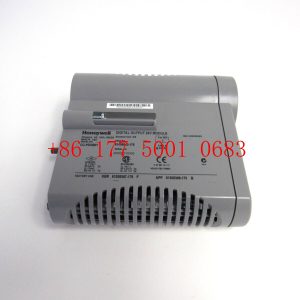
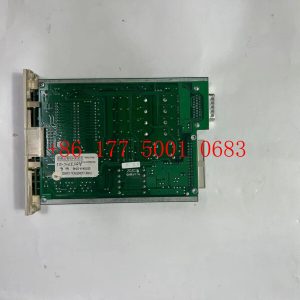
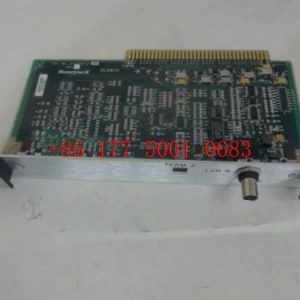
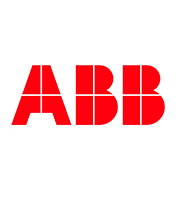

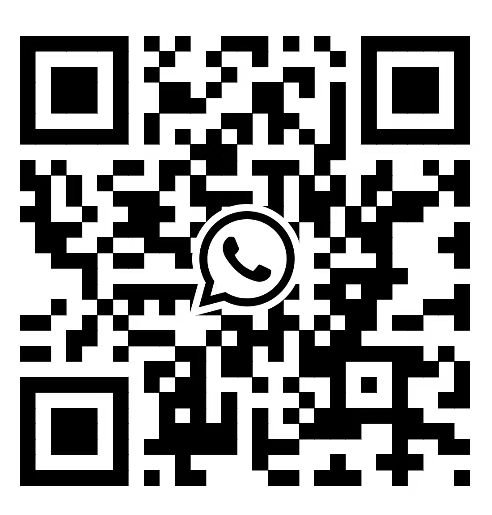

Reviews
There are no reviews yet.